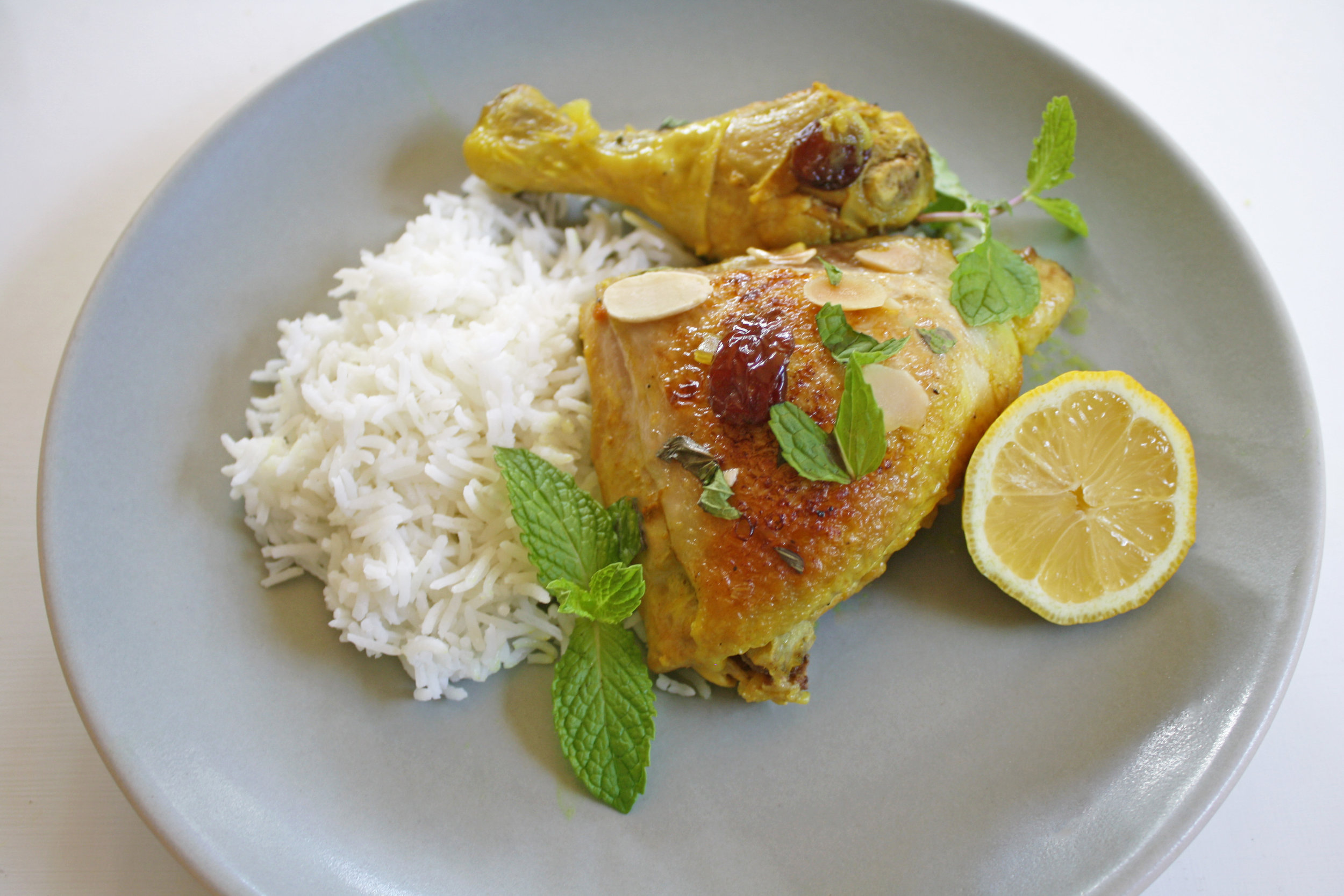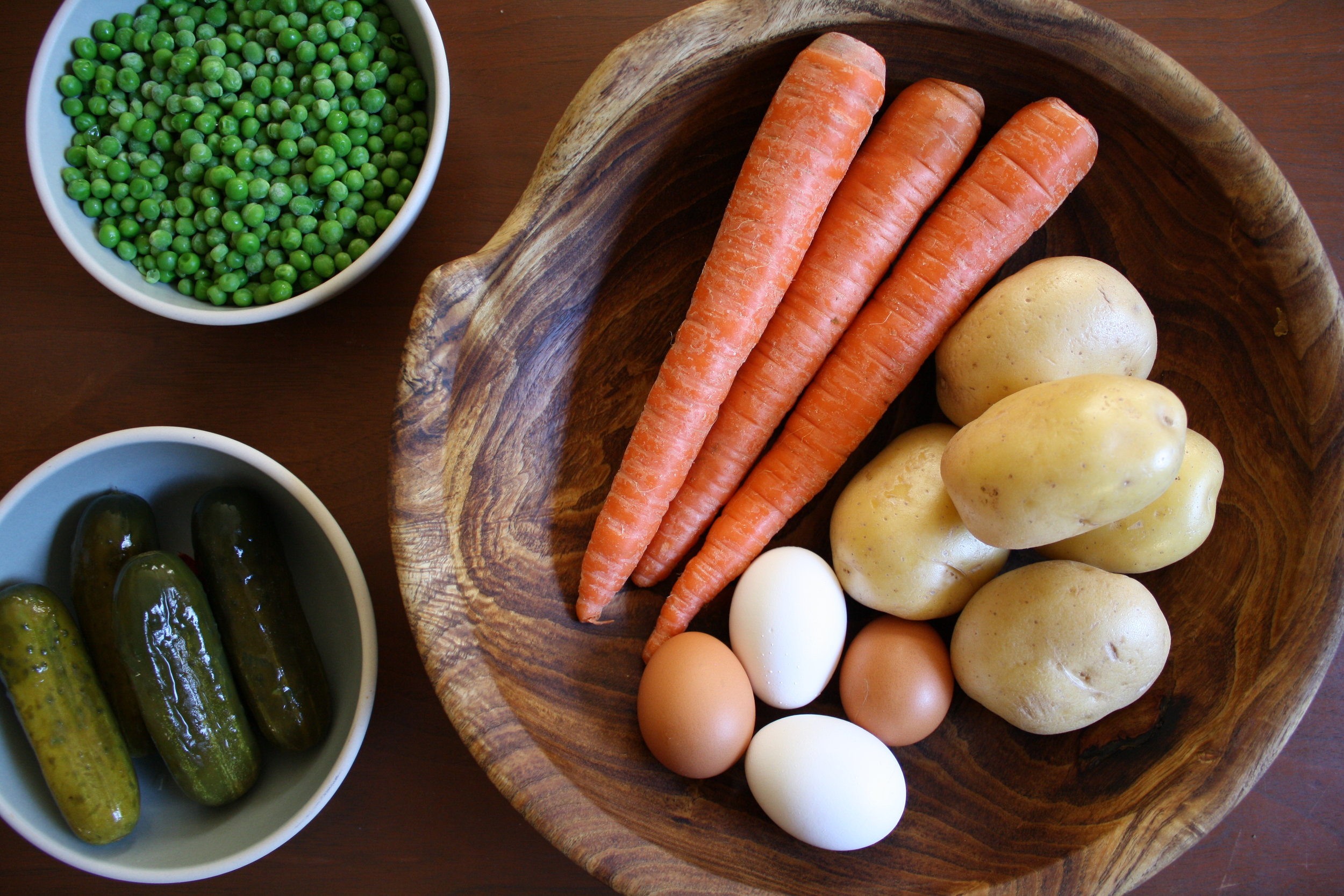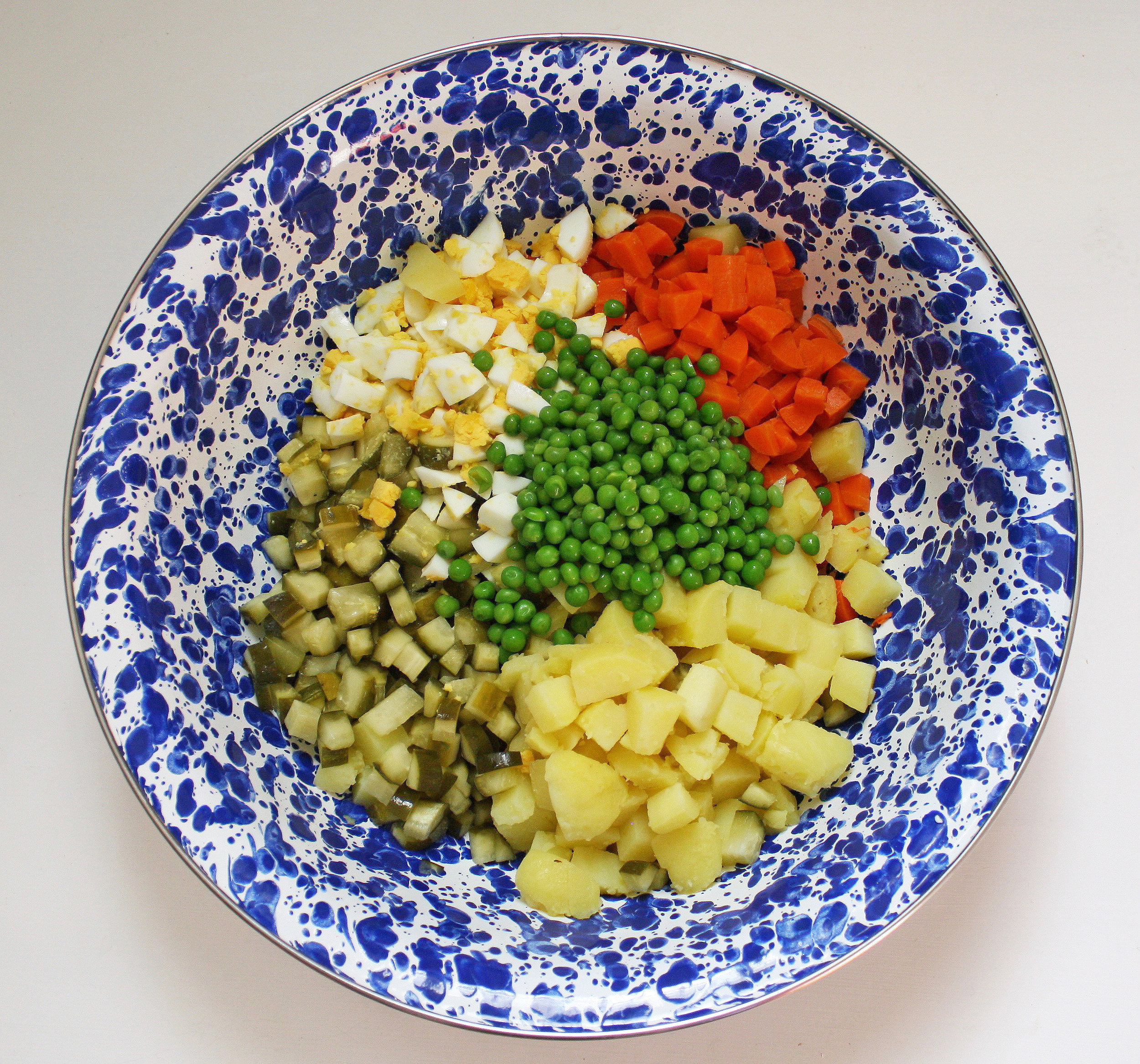In our family, we preferred our golubtsi (stuffed cabbage) with chicken, and my grandmother taught me to use Savoy cabbage. Savoy’s leaves are softer and more pliable than standard green cabbage, with a subtle sweet flavor. This recipe is meant to merely be a guide; add more or less rice, use the meat you prefer, add seasonings or herbs you love, and adjust the sauce to your own liking. This dish can be easily be made in advance and reheated before serving, and it also freezes well. I like to serve mine with a big salad, sliced toasted crusty bread, or fresh challah.
“Golubtsi” - Stuffed Cabbage
Ingredients:
For the sauce-
28 oz tomato sauce/purée + equal parts water
1 onion, chopped fine
3-4 cloves garlic, minced fine
1 small apple, diced fine
2 Tbsps tomato paste
1 bay leaf
2-3 Tbsps maple/agave syrup, or 1 tablespoon sugar, or to taste
Salt and pepper, to taste
For the stuffed cabbage-
1 large savoy cabbage
1½ lbs ground chicken, turkey, or beef
⅔ cups basmati rice, rinsed
½ medium onion, diced fine
1 large egg
2¼ tsps Diamond kosher salt
1-2 tsps garlic powder, or 1 clove garlic minced very fine
Directions:
For the sauce- In a large pot or Dutch oven, sauté the onions and garlic until softened and aromatic, about 5 minutes. Add the apple, and sauté for another 2-3 minutes or until slightly softened. Add tomato paste and stir and cook for 1 minute. Add the tomato sauce, and an equal amount of water, bay leaf, salt, pepper, and sweetener of choice (if using). Your sauce should start out thin and liquidy; it will thicken as it cooks. Bring the sauce to a boil, and simmer on low for at least 30 minutes, or while you prepare the cabbage and filling. Taste the sauce before adding the stuffed cabbage, and adjust if necessary for salt or sweetness. Dilute with more water if needed.
For the cabbage- Bring a large pot of water to a boil. Salt the water generously, and then add the cabbage to the water. Boil the cabbage for 2-3 minutes. Then remove it and allow it to cool.
While the cabbage is cooling, add the rinsed rice to the same pot of salted boiling water. Let the rice boil for 8-10 minutes until partially cooked. Drain, and allow to cool and dry.
Make the filling: combine the ground meat, cooled and drained rice, diced onion, egg, salt, and garlic powder.
To assemble and cook: Separate the cabbage leaves, trimming any thick part of the stem. If your cabbage isn’t separating easily, place it back in boiling water for an additional 2-3 minutes.
Place a leaf of cabbage down flat, fill it with approximately ¼-cup of filling near the base of the leaf. Fold the base of the leaf over the filling, fold the sides of the leaf towards the center, and then roll until the cabbage is formed into a burrito-like package. Place seam-side down into the pot; cabbage rolls can be stacked on top of each other as long as they are all submerged in the sauce.
Cover the pot, and let the cabbage simmer for 45-60 minutes on low heat, or until tender and cooked through. Add more water if the sauce appears too thick at any point. The sauce should be easily spoonable over the cabbage.
Stuffed cabbage can be reheated in a covered baking dish in the oven at 350°F, a covered pot on the stove , or in a microwave.


















































